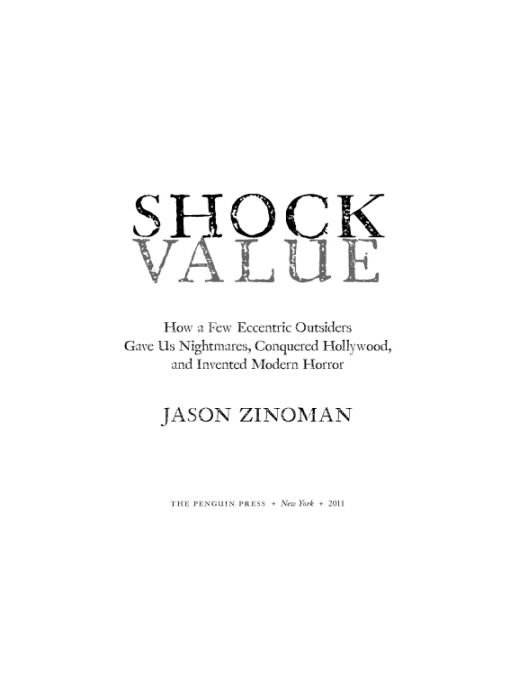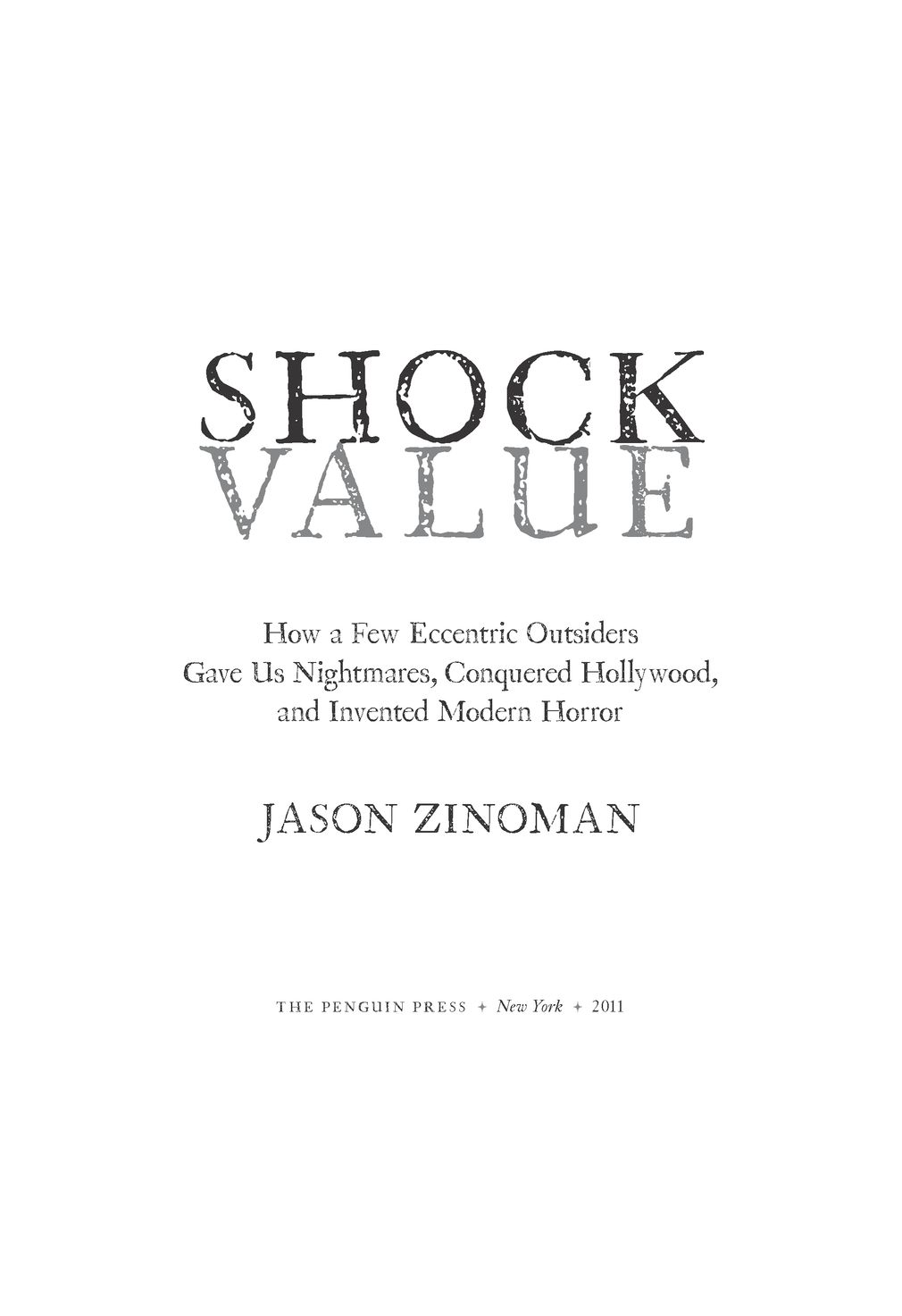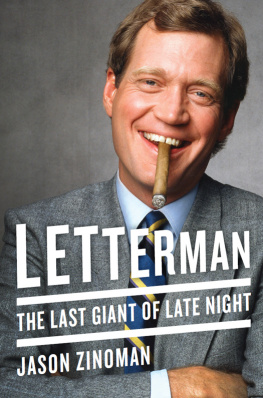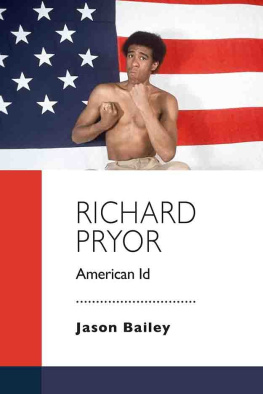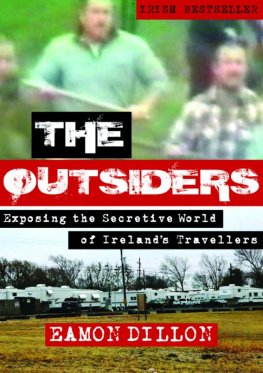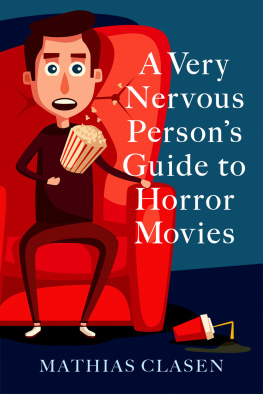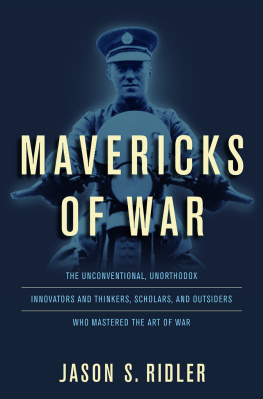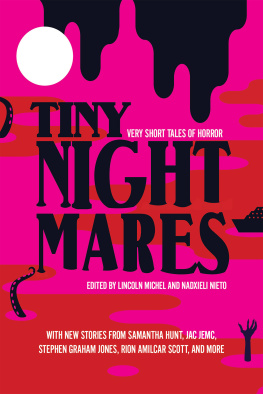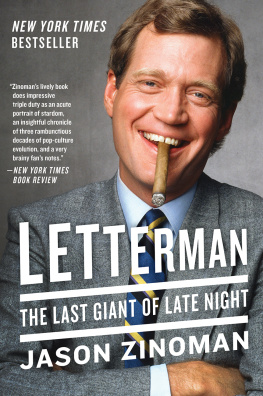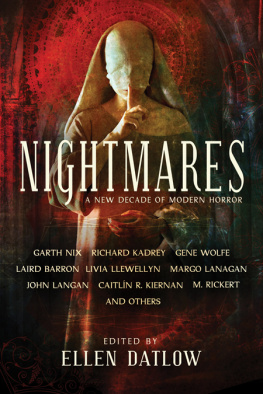Table of Contents
For Agns
INTRODUCTION
The first monster that an audience has to be scared of is the filmmaker. They have to feel in the presence of someone not confined by the normal rules of propriety and decency.
Wes Craven
THE MOANS of a woman in pain echoed down the hallways of an office building. Then came the lewd roar of a man enjoying himself. It was Times Square in the early seventies. High above the traffic of Broadway, inside a cramped editing room, a baby-faced director, Wes Craven, huddled over a television screen staring at his first feature film, The Last House on the Left. Sean Cunningham, his producer and friend, sat nearby, worrying. This is sick, Cunningham thought, but is it good sick?
Cunningham had worked backstage Off Broadway and shot soft-core pornography. He was not naive. After a few years making cheap movies peddling cheaper thrills, he developed a feel for exploitation, for tapping into the desires of sweaty men in trench coats without alienating the other crucial demographic of teenagers necking at drive-in theaters. So when he told Craven he wanted him to make an extreme exploitation movie, he was thinking of some nudity, a splash or two of blood, and maybe even a bit of sadism to satisfy the perverts. But this film, this was, well, what exactly?
What he saw was a curly-haired maniac named Krug, wide-eyed and scowling, sitting on the chest of a girl in the middle of the woods. Her face was a mask of terror and disgust. Krug carved the word Love into her chest. A crowd of hooligans cheered. With a half-crazed sneer, Krug, holding a knife, stared lasciviously at the struggling girl. Then he drooled all over her. This wasnt scary movie stuff that would make your girlfriend cuddle up on your shoulder. This would send her running out of the car. Cunningham didnt know what to make of The Last House on the Left, and he couldnt believe that Craven had directed it. A father of two kids who left his job upstate as a literature professor, Craven was shy, cerebral, and very, very mellow. Rarely angry or overly emotional, Craven betrayed the habits of a small-town academic whose mild rebellions included long hair, pot smoking, and avant-garde theater. He was more likely to make a terrible pun than to offer a harsh insult. He hardly seemed to fit the part of the bomb-throwing provocateur.
Craven asked one his former students, Steve Chapin, to drop by to discuss working on the music for the movie. When Chapin came in and saw what was on the screen, it made him think of the mayhem caused by Charles Manson, whose recent murder trial had made him the most famous criminal in America. Its a thriller, Craven told him. Tough stuff.
Chapin, who had the laid-back affect of a downtown folksinger, watched Krug carve his initials into the body of his victim. There were no cutaway shots, no suggestion, just a graphic, vile assault, shot with the discretion of a snuff film. You guys sure about this? Chapin said in a thick Brooklyn accent. Are you allowed to do this? Are you allowed to do this in America? Maybe he didnt really know Craven after all.
Trying to reassure him that everything was respectable, or at least as much as such entertainment usually is, Cunningham said, Dont worry: its just a joke. For him, the point was shock value; Chapin later asked to be removed from the credits.
Cunningham struck out into movies when there were not many independent feature companies operating out of New York. He was a natural showman, and his great insight as a promoter was in his advertisements subverting the usual puffery (Scariest Film of All Time!) that no one believed anymore. Instead, he told the audience to stay awayfor their own good. Not recommended for persons over 30 the poster for The Last House on the Left warned. For those brave enough to attend, the ad urged: Just keep telling yourself: Its Only a Movie. Its Only a Movie. Craven, however, was not interested in offering such comfort. To him, the point was to make the horrific violence look so real that you might entertain the thought that maybe this isnt just a movie. Wes Craven was serious.
He wasnt the only one. On the West Coast, around the same time, another few aspiring filmmakers were watching a maniacal-looking man with scraggly hair wield a knife over a young girl. Dan OBannon, the actor playing the sweaty brute with an authentic-sounding southern accent, appeared at first in shadow, a dark shape walking down a hill. The director cut to a virginal babysitter sitting in the living room by herself when she answered the phone. She hears only heavy breathing. Silence. The phone rings again, more breathing. Is this one of your jokes? she says, the television blaring in the background. Suddenly the perspective shifts to a shaky camera shot outside the suburban house where the potential victim appears through the window. The phone rings again, but its the operator this time: The killers inside the house! The lulling tone shifts into hectic cuts and a synthesizer sound track as a silent madman races after the victim, ending in police gunfire and death.
The story of the killer stalking the babysitter from inside the house was an old urban legend, but it had yet to become a movie trope. Screened at the USC film school, the fifteen-minute short Fosters Release was later shown at the Edinburgh Film Festival, and largely forgotten. Its director, Terence Winkless, a soft-spoken student with experience acting on television, didnt care much about horror. He saw it as a lark, and the thought of expanding this movie into a feature did not occur to him.
When Winkless moved on to create something closer to his heart, Wallflower, a soulful meditation about the challenges of being an artist, he received written criticism from his classmates, mostly anonymous, except for one pointed assessment. I dont know anything from the ending. Nothing happens one way or the other, it stated brusquely. Cutting was at times very effective but you kept coming back to that side medium shot. The critic signed his name JHC, the initials for John Howard Carpenter.
John Carpenter would go on to direct his own heavy-breathing stalker babysitter movie less than a decade later. Halloween became one of the most commercially successful and artistically influential horror movies ever made. Winkless worked on a few films, including cowriting The Howling, but his career never took off. The way he describes it, Fosters Release could be considered the Rosetta Stone of modern horror. John took it from me no question, Winkless says with no bitterness in his voice. But I dont blame him. He was smart. I was too much of a purist to turn Fosters Release into something bigger. Thats fine: I have a good life. I just dont have his kind of money.
The year after Halloween opened, inspiring countless imitations with similar masked serial killers prowling outside of houses, Dan OBannons screenplay for Alien, a movie that he had been thinking about since his film school days, revolutionized the monster movie. The success of these two movies, which can be traced back to the USC film school in the early seventies, completed the horror genres transition from queasy exploitation fare to the beating heart of popular culture.
This book tells the unlikely story of how John Carpenter, Wes Craven, Dan OBannon, and several other innovative artists over the course of about a dozen years invented the modern horror movie. In the 1960s, going to see a horror movie was barely more respectable than visiting a porn theater. You watched scary movies in cars or in dirty rooms with sticky floors. Critics often ignored the genre, and Hollywood studios saw its box office potential as limited. Religious groups and politicians sometimes protested, but more often, mainstream adult audiences didnt pay attention. These young filmmakers revived the genre, and the results of their work can be seen almost every weekend when a major horror movie opens.

